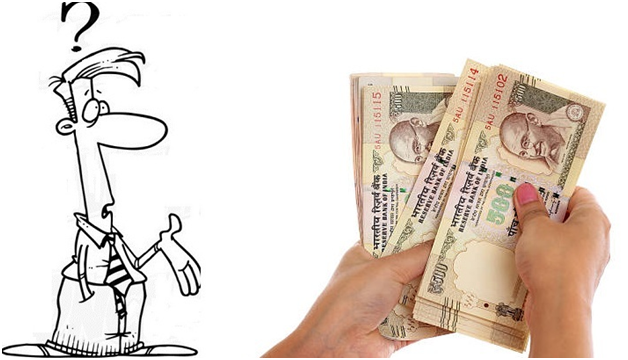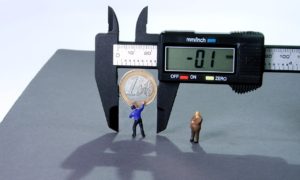Even after more than half a year of the demonetization of rupee currency was announced, it is reported that Reserve Bank of India Governor Mr. Urjit Patel is still not able to provide an estimate of the quantum of currency that returned back to the system. The impact of this drive on GDP has also been mixed and the drive has done more harm than good.
How Much Currency Was Demonetized?
This was the second time when Mr. Urjit Patel, governor of Reserve Bank of India, appeared before a Parliamentary panel regarding the demonetization which was announced last year on 8th November. He is reported to have said that the counting of demonetized notes is still going on and so he was not in a position to give an estimate of the currency that came back to the system.
The demonetization move by the government was touted as a masterstroke to curb a bouquet of issues including counterfeit currency in circulation, a parallel economy and terror financing. Earlier in January too the governor had told the committee that a statement would be submitted to the committee about the quantum of currency that came back to the system after demonetization.
Impact Of Demonetization On GDP
Since demonetization, a wealth of data and analysis has become available. Demonetization has incurred more cost and effort than the benefits that it has resulted in. The economy was expected to outperform in the fiscal gone by with favorable global economic conditions, a good monsoon, increase in wages after the implementation of 7th pay commission. However, the economic activities slowed down post demonetization which resulted in reduced growth rate.
Agriculture suffered the most. The transactions in this sector are largely carried out in cash. In absence of currency notes, small and marginal farmers could not carry their usual business. Farmers rely on cooperative banks for obtaining credit in the Kharif and Rabi seasons. As these banks were restricted from deposit-exchange of demonetized currency, it became difficult for farmers to obtain finance at the time of need.
Demonetization had a mixed effect on both manufacturing and service sector. Initially, the IIP slowed down but later it picked up. Similarly, demand in service sector also lowered, the rate of employment generation decreased as an immediate impact of demonetization. In contrast to this, there was a high demand for payment gateways providers, Cybersecurity services, Maintenance service for ATMs. Overall the demonetization drive has done more harm than good to the Indian economy.








Pingback: Coming Soon: New Rs 100 Note By RBI Set To Replace Old One In 2018